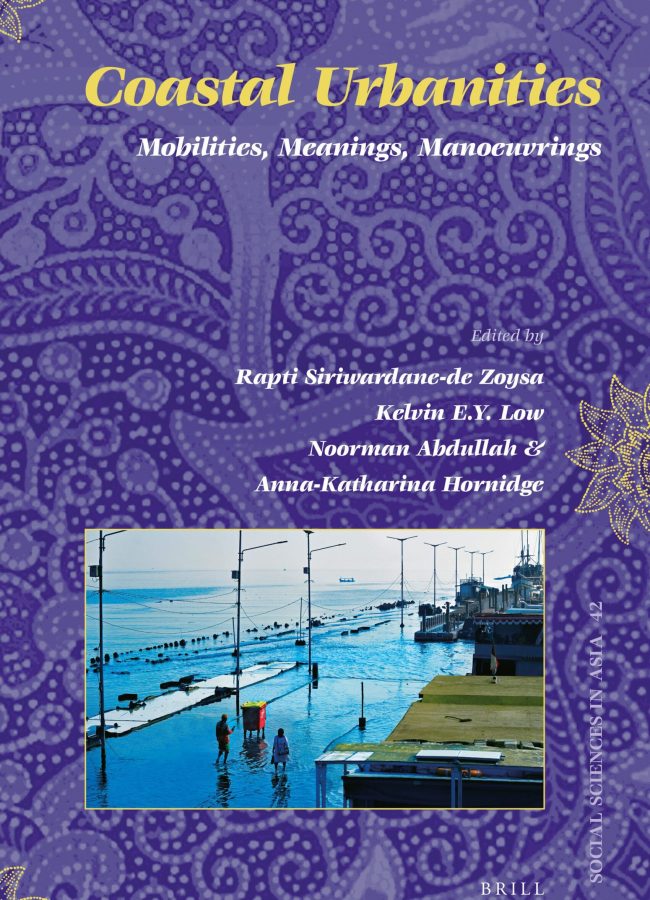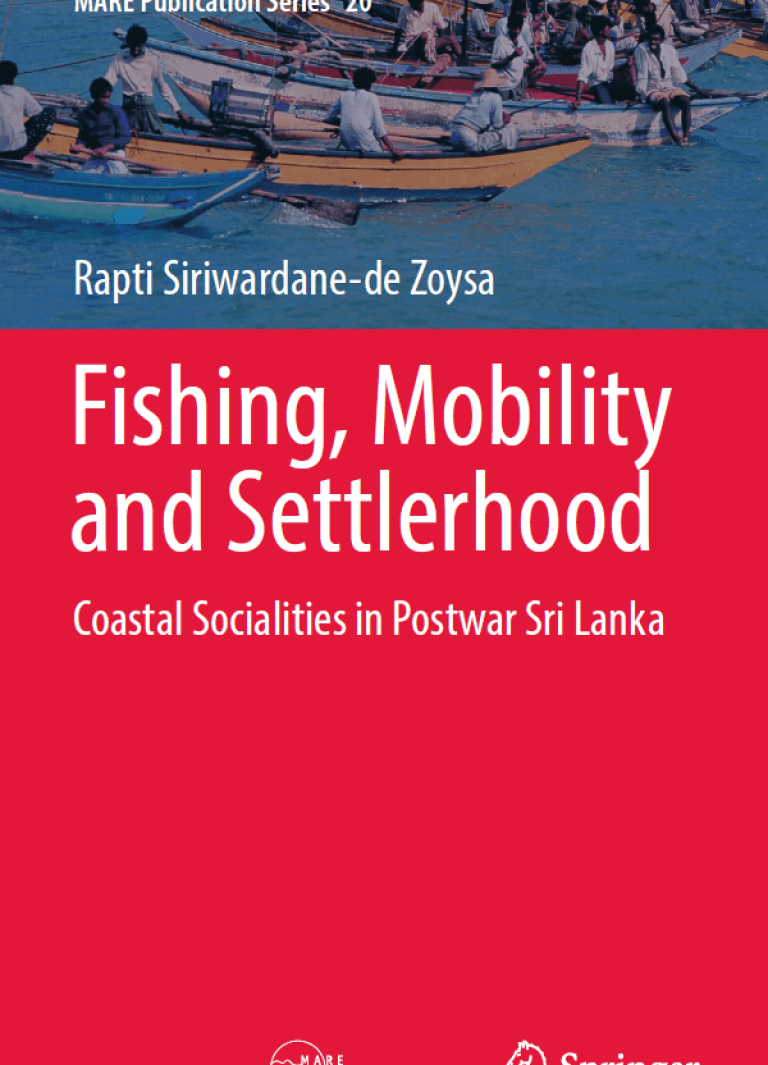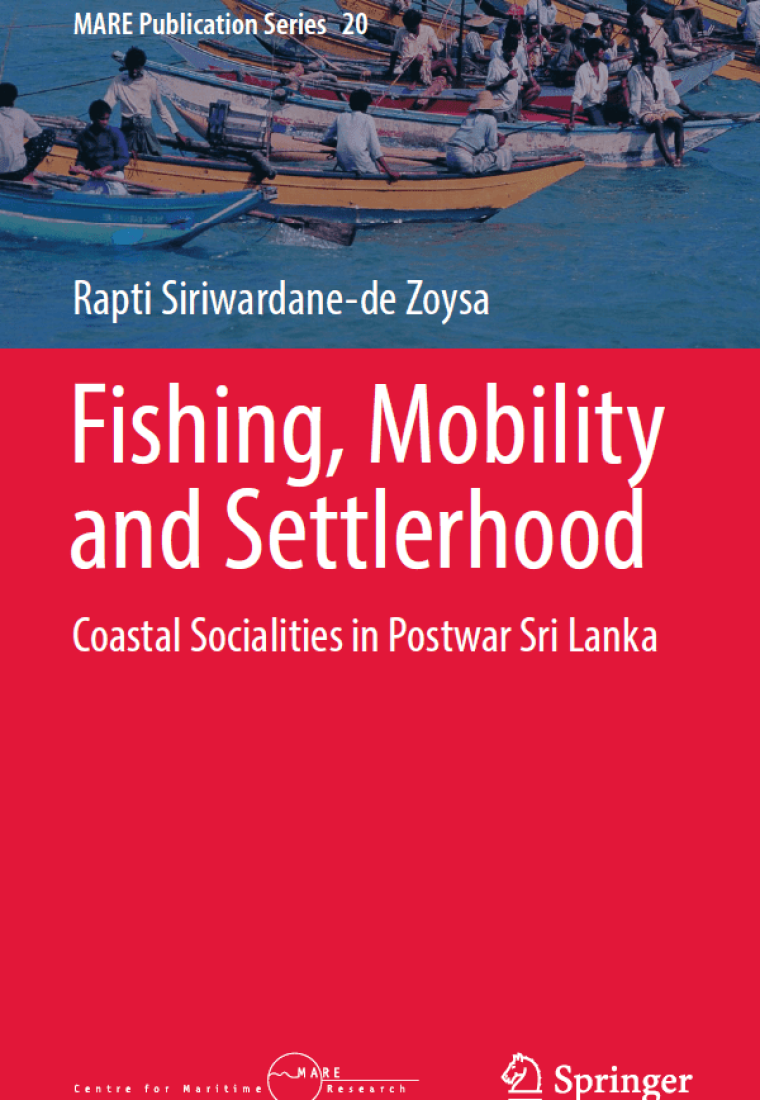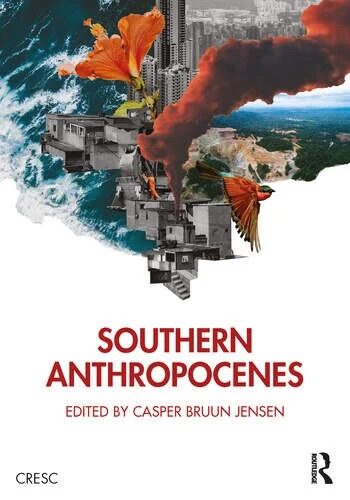







Tracing the ebbs and flows of being and ecological belonging...
Rapti Siriwardane-de Zoysa, PhD (she/her)
Welcome! I’m a researcher and lecturer working at the intersection of anthropology, critical development studies, and the environmental humanities. I hold a joint appointment at the University of Bonn’s Center for Dependency and Slavery Studies (BCDSS) and the German Institute of Development and Sustainability (IDOS), where I lead POESIS, a collaborative research group exploring power, equity, and epistemic dependency across oceanic worlds.
Research & artistic practice
Tracing nature–society relations, my ethnographic work moves between seacoasts, post-disaster landscapes, conservation zones, urban renewal projects, port terminals, and other material infrastructures—places where histories of extraction and abandonment meet everyday acts of placemaking and creative resistance. Over the past 25 years, I have worked on oceanic cosmologies, speculative coastal futures, postcolonial ecology, memory and identity, and, more recently, the politics of “expert” knowledge and multispecies labour in the service of environmental repair. Meanwhile, more-than-human entanglements between city and sea continue to anchor my thinking, as do affective and vernacular understandings of dependency, desire, and everyday precarity in an age of climate (mal)adaptation.
Beyond institutional life, I put my time into a voluntary co-learning, multigenre writing programme Ink + Ethos and the formerly SSRC-supported regional network the Southern Collective . For more.
Recently published & forthcoming
What happens if Southern Anthropocenes are allowed to multiply, and room is made for practices of worlding and life that are impossible from within the singular Anthropocene? This wide-ranging volume addresses the changing landscape of problems, challenges, and possibilities that emerge once the macroscopic notion of the Anthropocene is replaced with Southern Anthropocenes. It envisions Southern Anthropocenes as an opening towards forms and ends of life that exceed—while remaining in partial relation with—modern socio-economic horizons and the determinations of the geo-, eco-, and climate sciences
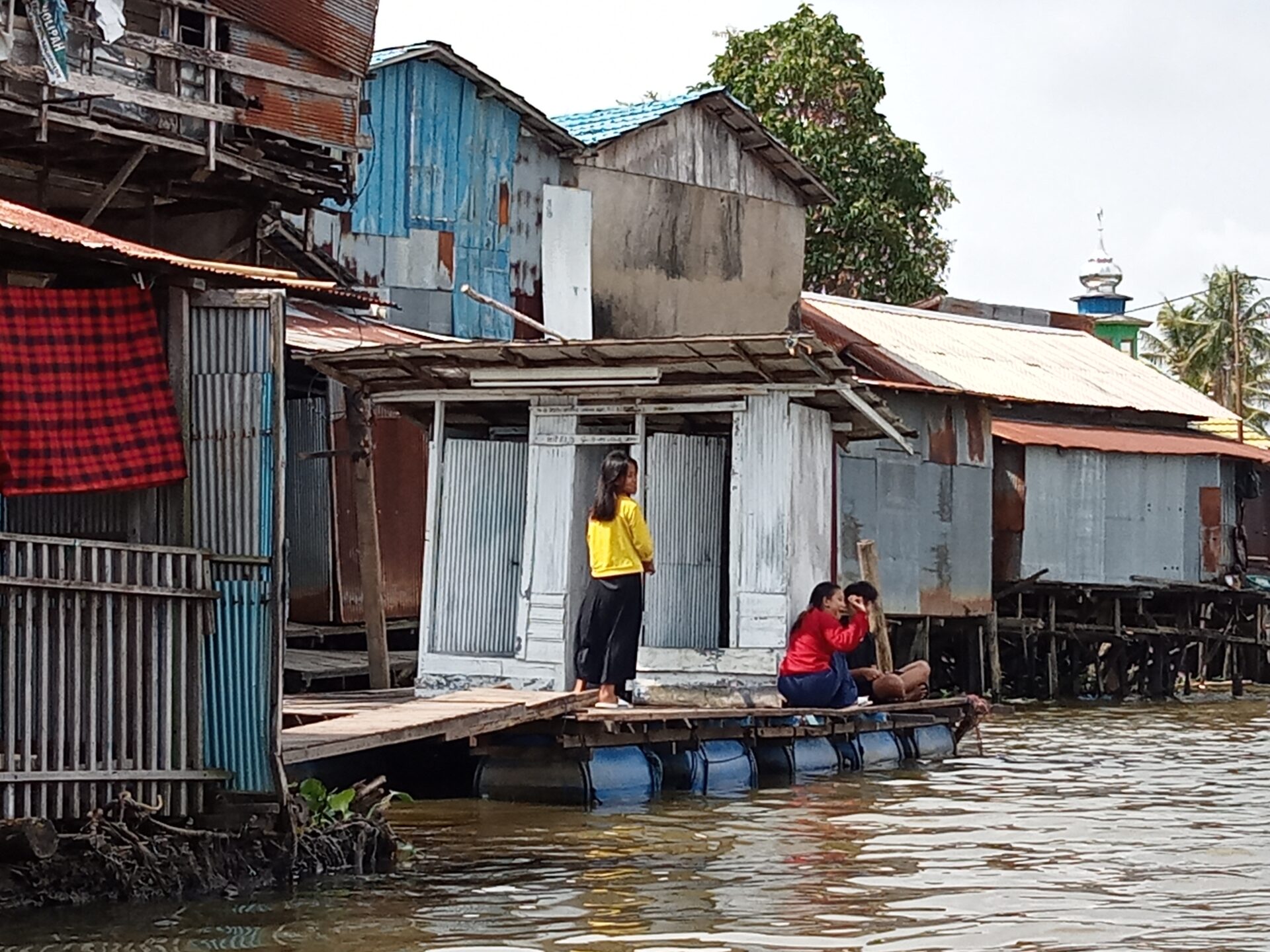
Credits: Annisa Ananda Sari, Rumah Lanting abode on the Martapura River, Banjarmasin, September 2023
Journal article
Siriwardane-de Zoysa, R. & Gemilang, M. S.C.. “Buoyant Life: Floating Urbanities Adrift in the Archipelagic Imaginary”. Engaging Science. Technology & Society, thematic collection: “Entangled Areas”, Jensen, C.B, and F. Thufail.
Why Tidescapes?
There goes a river, heaving an ocean behind it… Jalāl al-Dīn Muḥammad Rūmī (1207-1273)
Intertidal zones are shapeshifting milieus, characterised by diverse rhythms, flows and temporal registers. They are home to hybrid ecologies of animal, vegetal, and geological life as marine, riverine, brackish and groundwaters mingle and circulate.
Historically, tidal spaces have served as diverse frontiers in human and more-than-human histories: as territories to be fought for and fought over, as conduits of/for cultural exchange, and as dis/connected worlds of colonial and imperial encounter, enslavement, and resource extraction.
Climate-induced changes across water, land, the atmospheric, and the subterranean are more acutely experienced in such spaces. In the so called ´global south´ intertidal spaces have often historically been home to marginalised communities, whether it be the vast floodplains and mangrove forests of the deltaic Sunderbans, or the rapidly subsiding urban fabric of northern and western Java.
Metaphorically, tidescapes are interstices through which lively theorisations about hybrid matter and practices at placemaking unfold. Freshwater salinisation, land subsidence, liquefaction and other cascading processes warrant new pathways of ingenuity and for re-imagining radically different approaches towards multispecies dwelling.
Materially, tidescapes also present living archives. They offer to be read as vital, multi-layered geoecologies for tracing the ebbs and flows of vastly different kinds of tides – of circulating ideas, social practices and collective memory. The boundaries and edges of everyday terra-aqueous existence are constantly remade.
As Alan Watts once reflected on the image of a gull persistently tapping at its prey: “the shell of the crab, the clam, the mussel is the boundary of its universe.” For a deeper exploration, listen to Watts’ Love of Waters.


